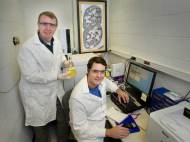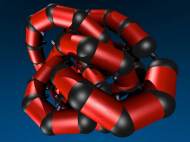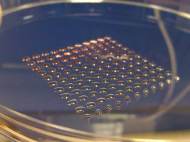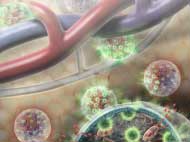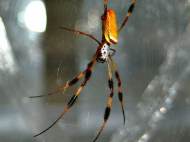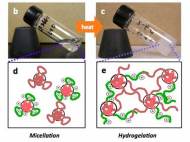Bionics»
Artificial ear creation with 3D printing and injectable molds
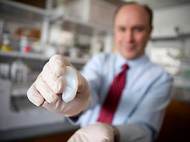 Cornell bioengineers and physicians have used 3D printing and injectable gels made of living cells to create an artificial ear that looks and acts as a natural human ear. The method could be very useful for reconstructive surgery, and the particular case where an ear is created could give new hope to thousands of children… »
Cornell bioengineers and physicians have used 3D printing and injectable gels made of living cells to create an artificial ear that looks and acts as a natural human ear. The method could be very useful for reconstructive surgery, and the particular case where an ear is created could give new hope to thousands of children… »

